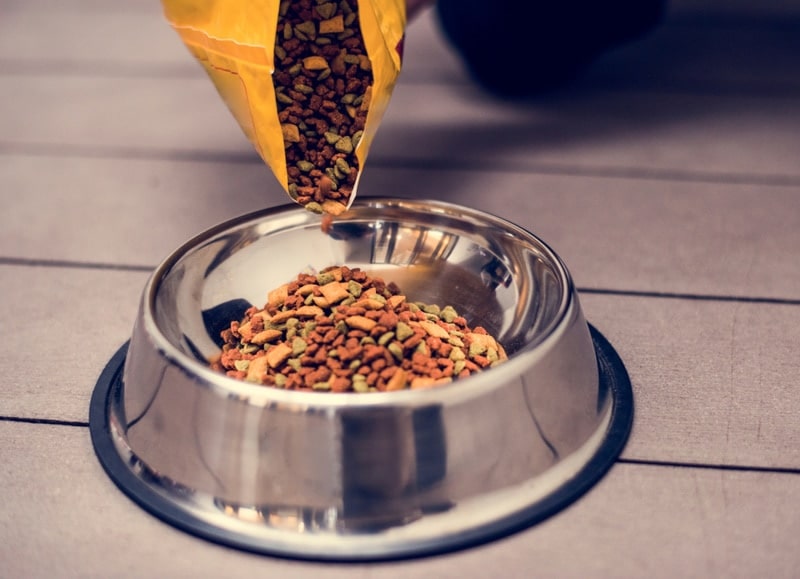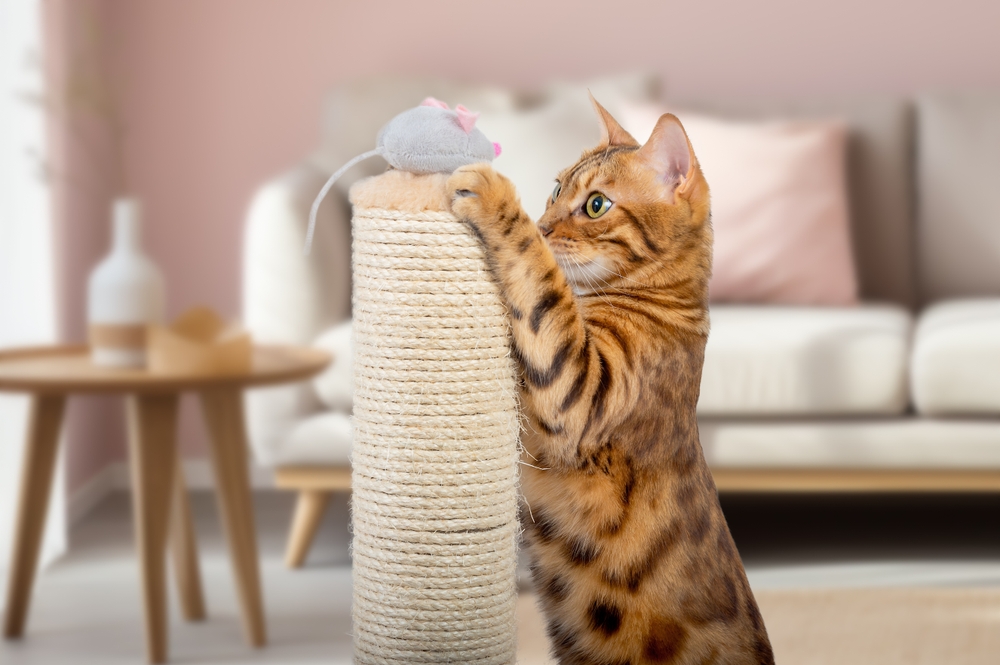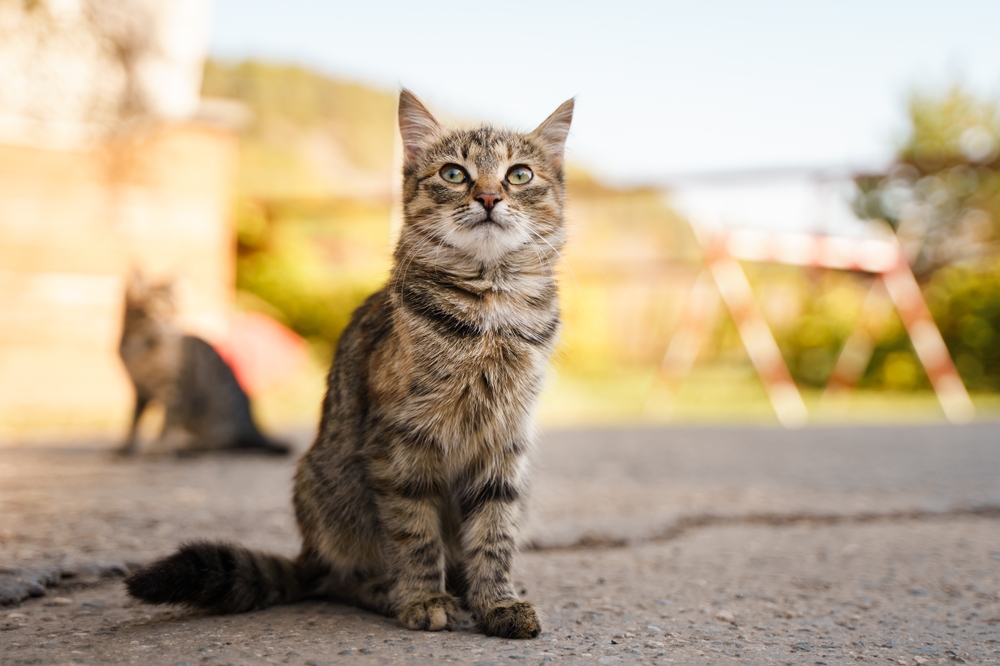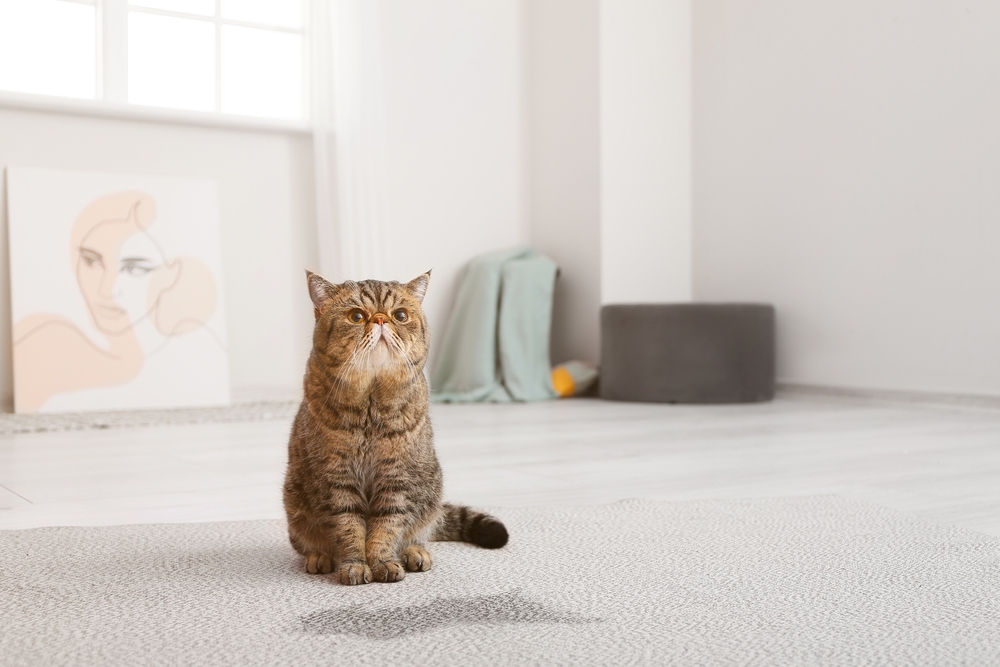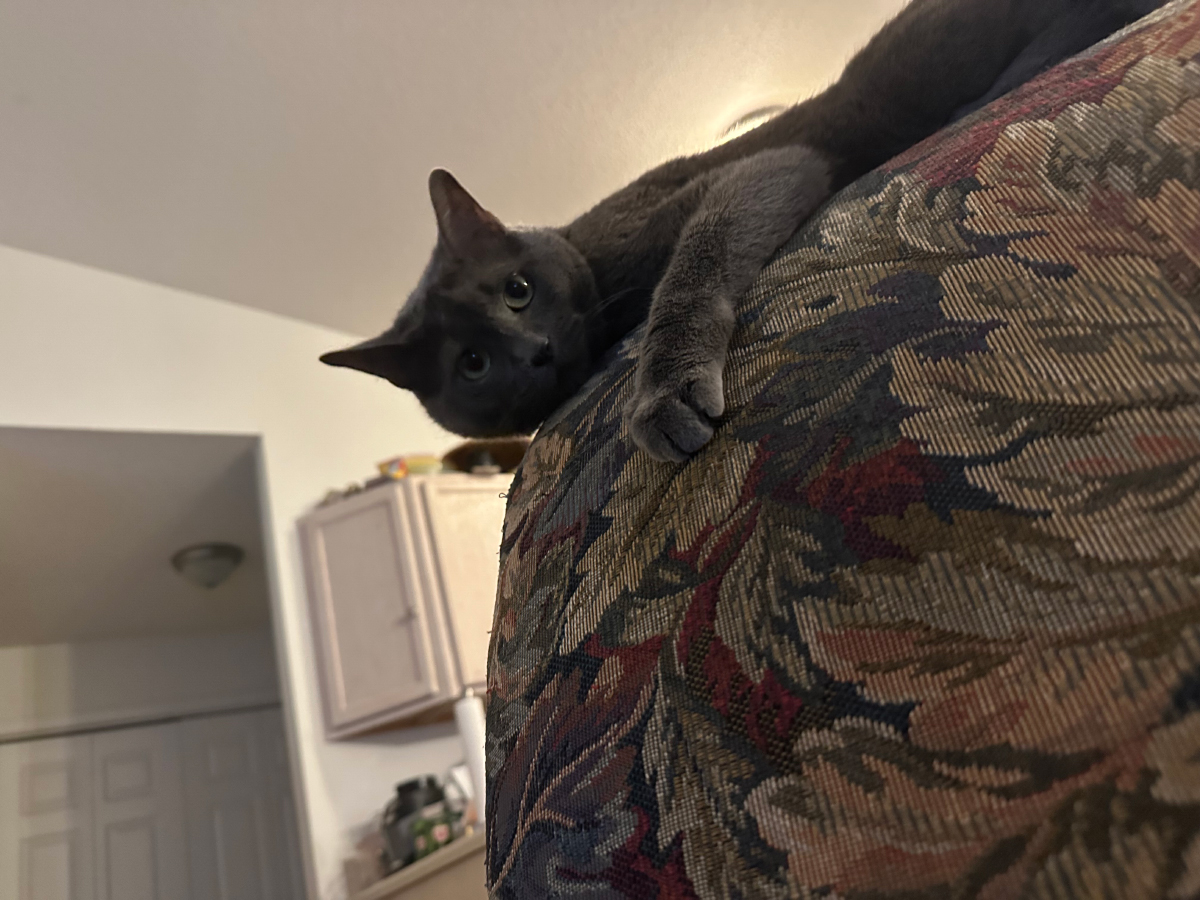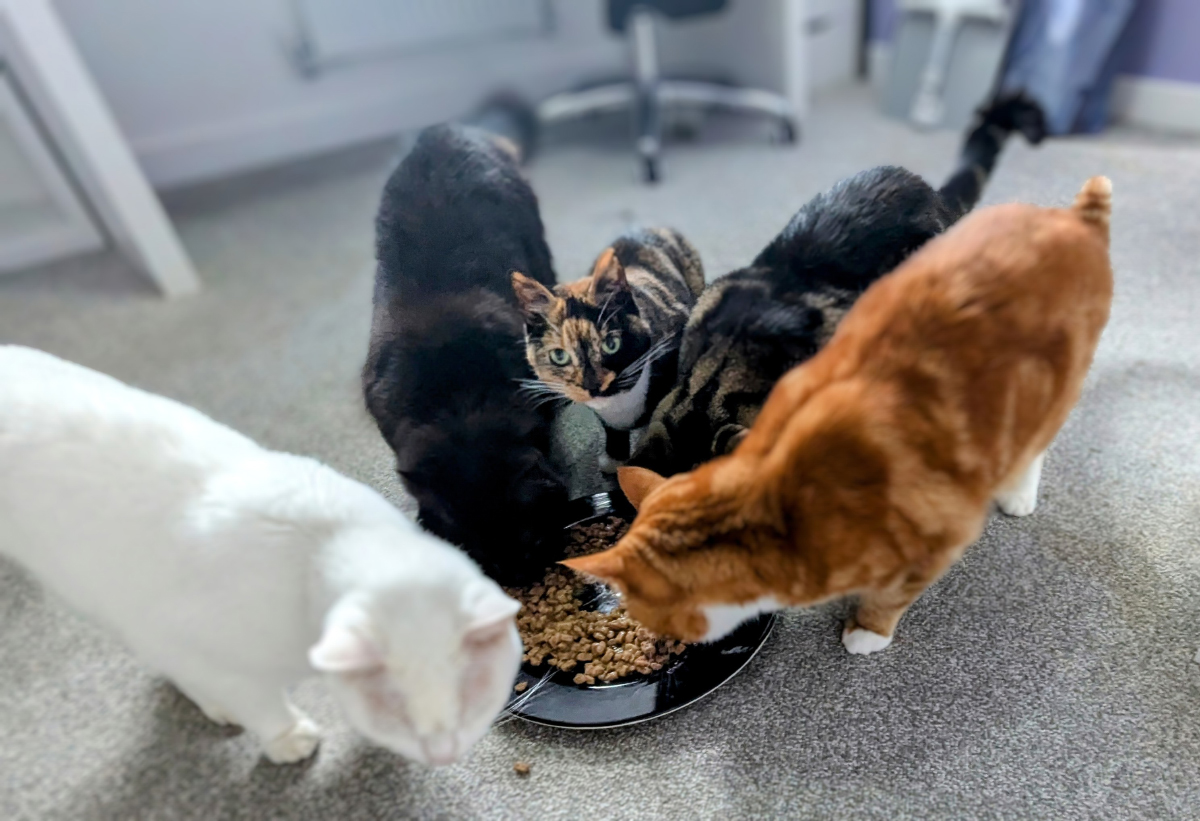The importance of proper dry cat food storage plays a crucial role in maintaining your feline friend’s overall health and well-being. Storing cat food correctly helps preserve its freshness, quality, and safety, ensuring that your pet receives the essential nutrients it needs. In this article, we’ll discuss how to store dry cat food and various factors that can affect dry cat food, such as temperature, humidity, light exposure, and storage containers.
The 8 Tips on How to Store Dry Cat Food Long Term
1. Select the Best Storage Containers
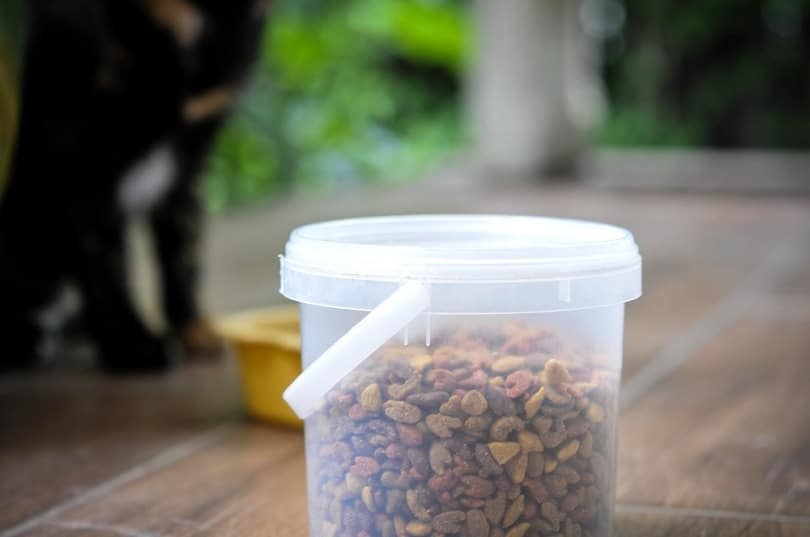
When it comes to storing your cat’s dry food, the choice of container is essential for preserving its quality and freshness. Let’s explore different types of storage containers and the pros and cons of various materials:
Types of storage containers:
- Airtight containers
- Vacuum-sealed bags
- Food-grade buckets with lids
- Plastic: Lightweight and affordable but may absorb odors over time and can be damaged by sharp objects or cracks.
- Glass: Heavy and breakable but does not absorb odors and is easy to clean.
- Stainless steel: Durable and resistant to rust but may be more expensive than other options and can be prone to scratches.
2. Preserve the Original Packaging
The original packaging of your cat’s dry food contains essential information, such as expiration dates, batch numbers, and feeding guidelines. It is also designed to protect the food from external factors like air, moisture, and pests.
- Choose a storage container slightly larger than the original packaging of the dry cat food.
- Place the entire package, unopened, inside the storage container.
- If you need to open the package, roll down the top of the bag and use a clip or rubber band to seal it shut before placing it back in the container.
- Ensure that the lid of the container is tightly sealed to protect the food and packaging from air, moisture, pests and your cat accidentally getting into their own food and eating too much!
3. Temperature and Humidity Considerations
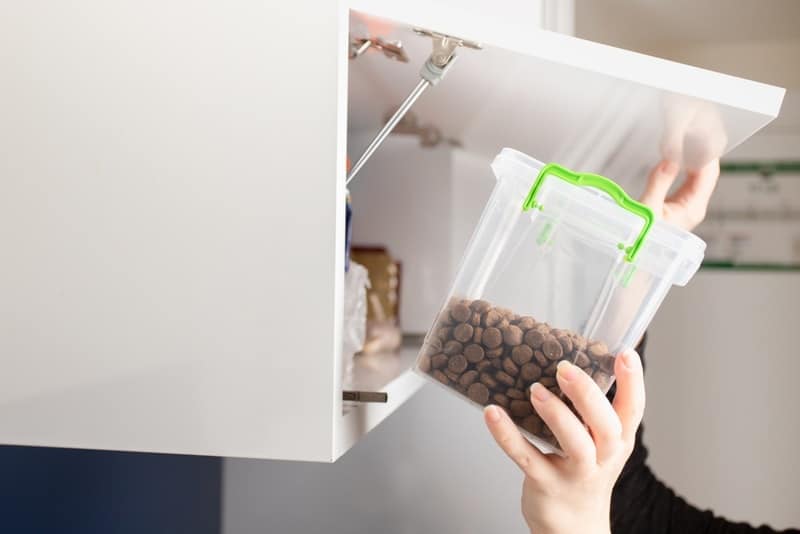
Maintaining the right temperature and humidity levels is vital for preserving the freshness and quality of your cat’s dry food. Store the dry cat food in a cool, dark place where the temperature stays between 50°F and 80°F. High temperatures can cause fats in the food to become rancid and nutrients to break down. Keep the humidity levels below 60% to prevent mold and bacterial growth. Use a dehumidifier to maintain optimal levels if necessary.
4. Protect the Food from Light Exposure
Sunlight can have an adverse effect on the nutritional value of your cat’s dry food. Direct sunlight can cause the food’s nutrients to break down, reducing its overall quality and effectiveness.
- Choose a storage location away from windows or other sources of natural light.
- Store the food in a cabinet, pantry, or closet that remains closed most of the time.
- If storing in a transparent container, consider placing it inside a dark cupboard or covering it with a cloth to block out light.
5. Stock Rotation and Organization
Proper stock rotation and organization ensure that your cat always consumes the freshest food available. Use the oldest food first and replenish your stock with new purchases. This practice ensures that your cat always consumes the freshest food available.
Clearly label each container with the date of purchase, expiration date, and any other relevant information. This practice helps you keep track of the food’s freshness and ensures that you use it within the recommended time frame.
In general it’s best to buy smaller bags of food and make sure they are used within 2-3 months. Recommended storage times after opening can vary between different food manufacturers, contact the manufacturer of your cat’s food if you want more information.
6. Store Food in Smaller Portions
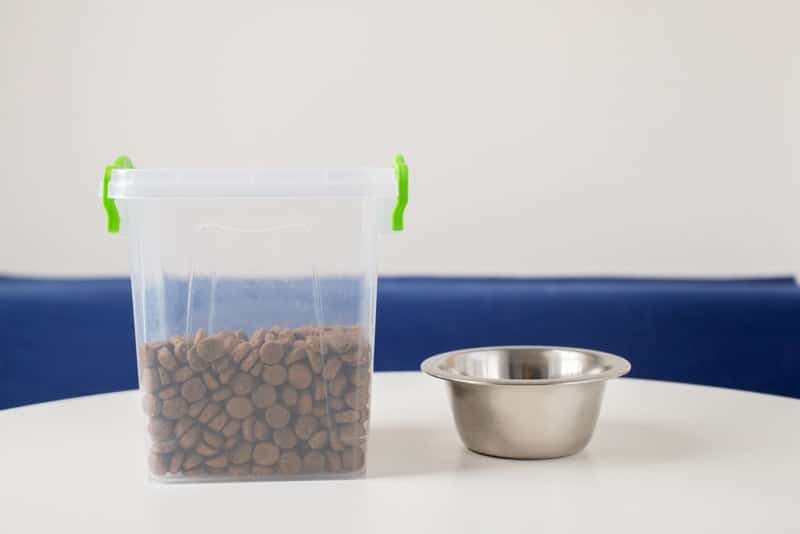
Storing dry cat food in smaller portions can help maintain its freshness and quality. It reduces the food’s exposure to air and humidity each time a container is opened and makes it easier to manage and rotate your stock.
- Use a measuring cup or scale to divide the dry cat food into smaller portions based on your cat’s daily feeding requirements.
- Place each portion into a separate, airtight storage container or resealable plastic bag.
- Label each container or bag with the date and any other relevant information.
- Store the containers in a cool, dark place with controlled temperature and humidity levels.
7. Regular Inspection and Maintenance
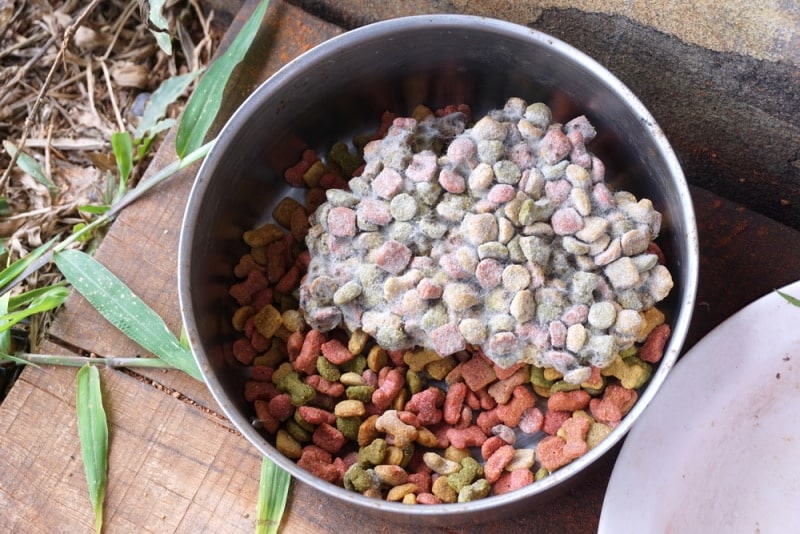
Regularly inspecting and maintaining your cat food storage area is crucial for ensuring the food’s safety and quality.
- Mold, off-odors, or pest droppings
- Changes in the food’s color, texture, or smell
Also make sure to clean and sanitize storage containers regularly by emptying the container and discarding any affected food, then washing the container with warm soapy water, scrubbing all surfaces thoroughly. Finally, rinse the container with clean water and allow it to air-dry completely before refilling it with fresh cat food.
- If you notice any signs of spoilage or infestation
- If the food has passed its expiration date
8. Safe Storage Practices
Proper storage practices are crucial for preventing contamination and preserving the quality of your cat’s dry food. Store cat food in a separate area, away from household cleaning supplies and chemicals, as their strong odors can contaminate the food.
- Wash your hands before handling cat food.
- Use clean utensils for scooping and portioning the food.
- Regularly clean and sanitize the area where you store the cat food.
Mistakes to Avoid When Storing Your Dry Cat Food
Using Non-Food-Grade Containers
Storing cat food in containers not designed for food can lead to contamination from chemicals or other harmful substances. Always use food-grade containers made of plastic, glass, or stainless steel.
Not Sealing Containers Properly
An improperly sealed container can expose the cat food to air, moisture, and pests. Storage mites can get into pet food through defective seals and thrive on the protein and fat rich food. Cats can be allergic to storage mites, so ensure that the lid of your storage container is tightly sealed to maintain freshness and keep pests away.
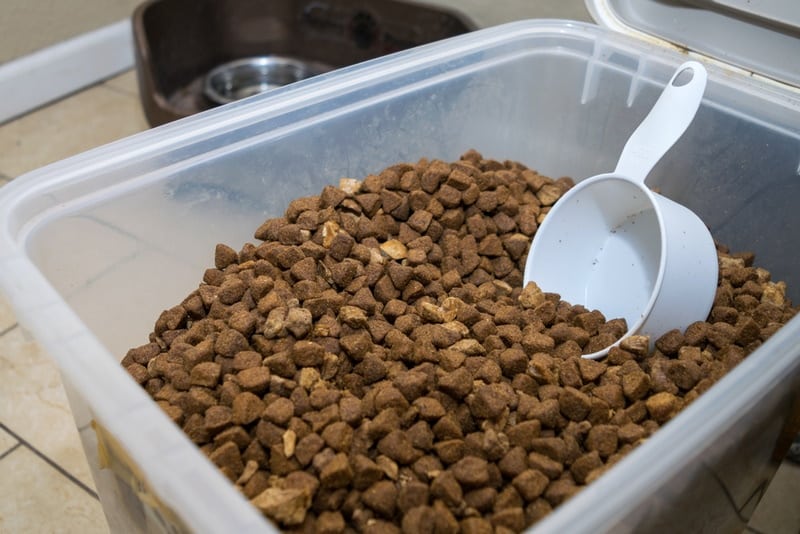
Mixing Old and New Food
Combining old and new food in the same container can result in cross-contamination and spoilage. Store new purchases separately and use up the older food before opening a new bag or container.
Conclusion
In conclusion, following these key tips for long-term dry cat food storage will help ensure that your cat always has access to fresh, nutritious food. Proper storage practices not only preserve the quality and safety of the food but also contribute to your cat’s overall health and well-being. Remember, a healthy and happy cat starts with a well-fed and well-cared-for pet.
Featured Image Credit: Rawpixel.com, Shutterstock
Contents
- The 8 Tips on How to Store Dry Cat Food Long Term
- 1. Select the Best Storage Containers
- 2. Preserve the Original Packaging
- 3. Temperature and Humidity Considerations
- 4. Protect the Food from Light Exposure
- 5. Stock Rotation and Organization
- 6. Store Food in Smaller Portions
- 7. Regular Inspection and Maintenance
- 8. Safe Storage Practices
- Mistakes to Avoid When Storing Your Dry Cat Food
- Conclusion

